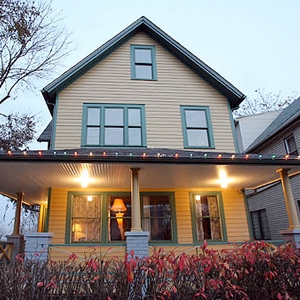How does a Loan Lock work when financing a home?
| Rate Lock DurationLock durations can vary for mortgage financing, but most lenders lock in the interest rate for 60 days from the date the loan application is submitted. As long as the loan is closed within that lock-in period, the lender honors the agreed upon interest rate. Some consumers are misled by advertising that quotes unrealistically low For simple refinance transactions, a 45-day lock-in period is more realistic. Borrowers should make sure they have a written rate lock agreement, and allow |








